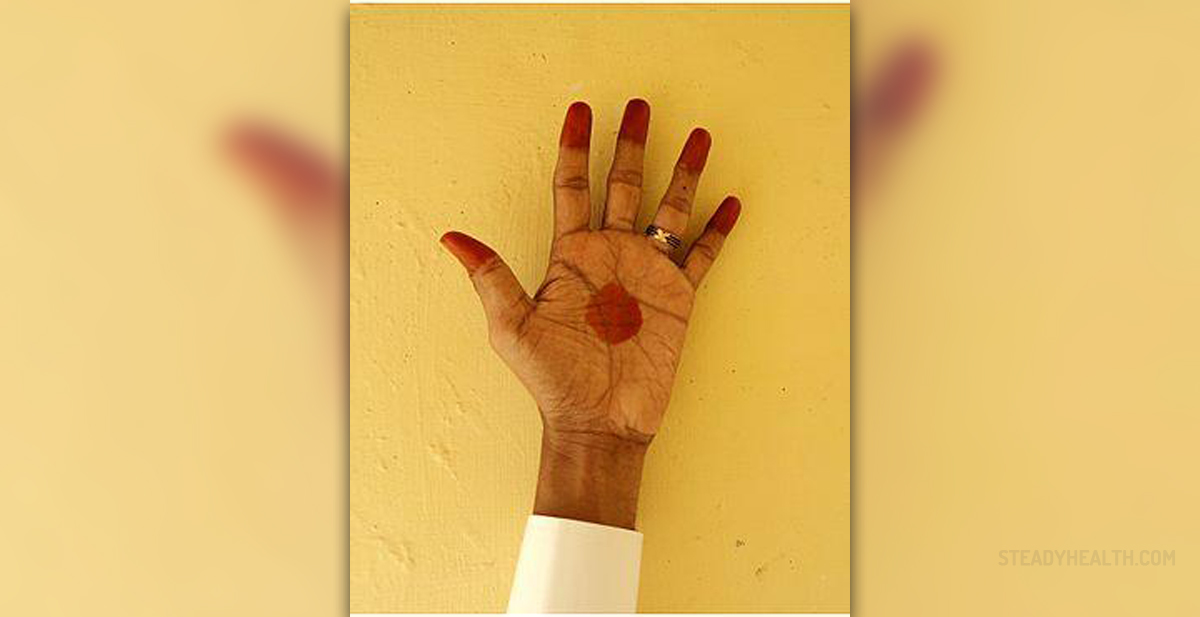
Traditional Tibetan medicine is considered to be an excellent medical system for dealing with various health problems. This form of medicine has been present for centuries and it incorporates many methods which make it precise and effective such as complex approaches to diagnosis, application of pulse analysis or urinalysis, diet modifications and the usage of natural, herbal medications. Moreover, this medicine provides physical treatment through acupuncture and some other approaches too.
Basically, Tibetan medicine is a very good medical system which was created through taking the best out of the medicine of many Eastern cultures along with some European and North American ones, blending them into a group of diagnosis and treatment methods guided by the traditional Buddhist belief that all illnesses actually stem from the mind.
History of Traditional Tibetan Medicine
The first medical experience that Tibetan culture received, came from the Chinese, during the reign of gNam-ri Srong Btsan, an emperor who died in 630 AD.
However, the historical facts bearing witness of the genesis of this medicine vary and some experts claim that Tibetan medicine came from Buddha, while others beg to differ, providing evidence of Yuthok Yondon Gonpo and his medical work of 708 AD, considering it to be the basis for Tibetan medicine of today. In fact, due to the presence of scholarly proof, the latter variant is considered to be more historically authentic and, thereby, more plausible.
Three Principles of Function
According to the Tibetan medicine, in order for a person to be healthy, he/she needs to achieve a certain balance in the three different areas of bodily existence. This leads to three principles of function, often being compared to the three humors in translation.
The first principle is rLung, representing the air element, being described as hard, cold, mobile and rough, as well as subtle. Due to these qualities, this principle is thought to be related to mental activities, breathing, urine production and expelling, feces, spitting, menstruation and pregnancy, speech, gases and senses which connect the body to the outer world.
The second principle is the mKhris-pa, which is the fire element, commonly being interpreted as bile, even though many experts disagree with this. This principle is oily, sharp, hot, light, cleansing and fluid, being thereby, in charge of hunger, thirst, assimilation and digestion, along with the body temperature, the complexion and bravery and determination.
Finally, Bad-kan is considered to be a principle based on the cold elements around us, being oily, heavy, cool, blunt, firm and sticky, giving the human body its stiffness and stability, both mental and physical, taking care of our sleeping processes, providing lubricants and immunity.
Thus, in order for a person to be healthy, the three principles need to be in a state of equilibrium.
Diagnosis in Tibetan Medicine
The main tools of diagnosis in Tibetan medicine are visual observation, touch and interrogation.
The first constituent requires observing the patient's complexion, being the texture of his/her blood. Also, in this part of the diagnostic process, the health expert pays attention to the nails, feces, sputum, the tongue and urine.
In cases of some disorders regarding the wind principle, the tongue will be red, rough and dry. When the tongue has a thick, yellow coating, this is a sign of a bile disorder while the pale phlegm and moist texture gives signs of the problems with the third principle.
As far as the urine sample collection is concerned, the patient is forbidden to drink wine, tea or other such fluids excessively, due to the fact that this might interfere with the diagnostic results. Rather, he/she needs to sleep enough, rest and avoid getting stressed.
If the urine contains bubbles while being stirred or appears too watery, the condition is related to a wind disorder. A bile disorder would result in yellow urine with a strong smell while white urine with mild odor would signify phlegm problems.
The first urine expelled in the morning is the one which is taken for analysis.
As for the touch diagnosis, it is considered to be of great importance in this medicine. Namely, the health expert is likely to place the index, the middle and the ring finger at the radial arteries of the patient, holding the fingers close together, but still keeping them apart. The main pressure is delivered by the middle and the ring finger while the index one is not involved in this process excessively. Here, the left hand of the patient is examined by the right hand of the health expert and vice-versa.
Also, the health practitioners, in case of female patients, examine the pulse of the right hand while doing the same things on the left hand of the patients, due to the fact that the female heart is tilted to the right a bit, in comparison to the male one.
Finally, blood-letting, moxibustion, golden-needle therapy, massage and many other approaches are used during diagnosis and treatment in Tibetan medicine.
All in all, this branch of medicine is very potent and has been used for various purposes, evolving over the course of 3,000 years. Therefore, regardless of the fact that it differs the traditional Western medicine, it still deserves to be taken seriously, being based on many equally important aspects of health.


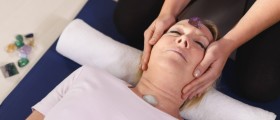


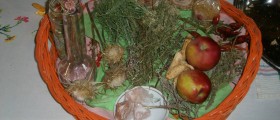


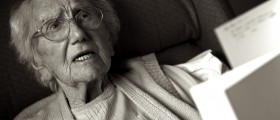



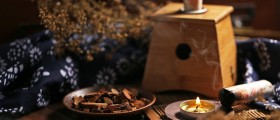

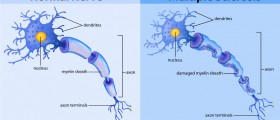
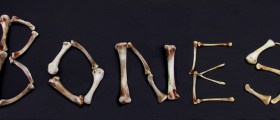
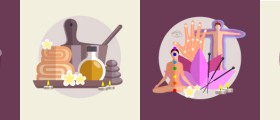
Your thoughts on this
Loading...